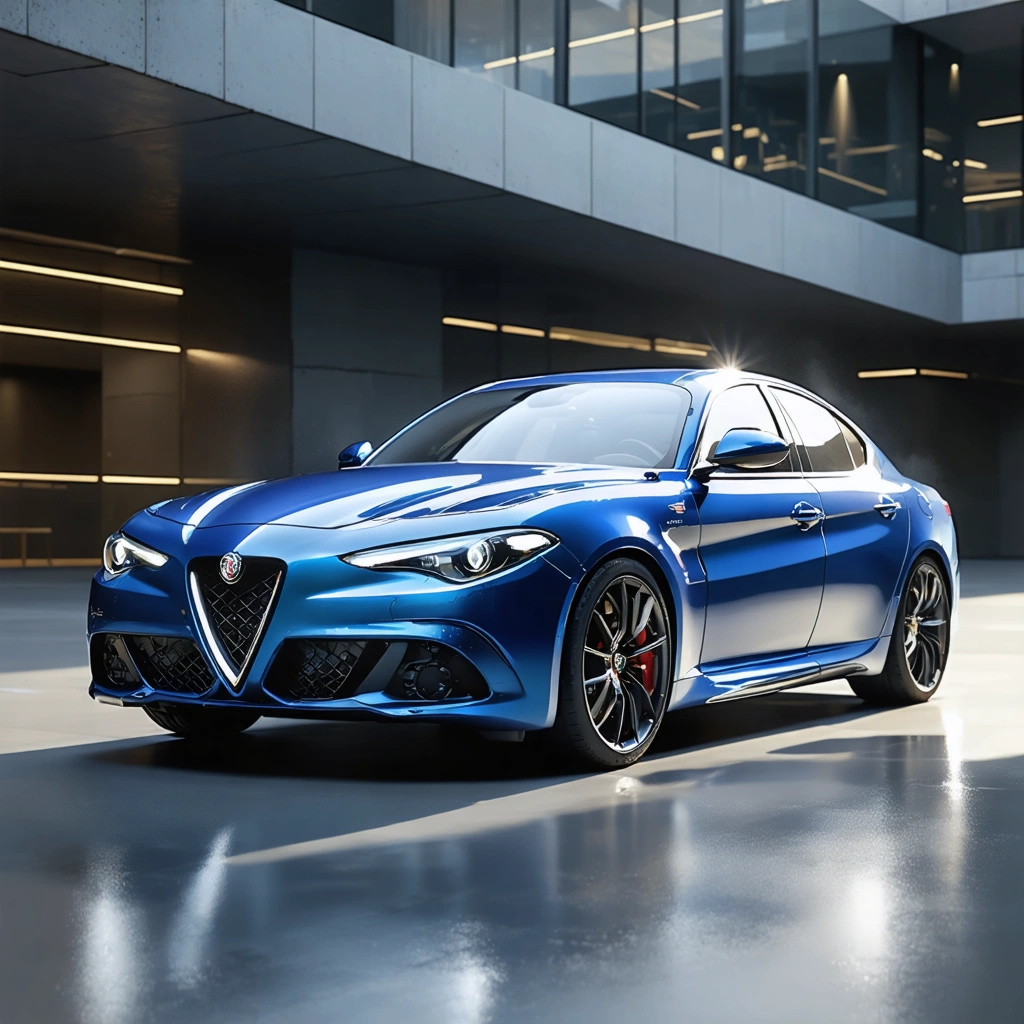
Introduction to the Current Alfa Romeo Giulia and First-Generation Stelvio
The world of luxury automobiles has witnessed remarkable evolution over recent years, yet some models continue to stand out for their heritage, performance, and distinctive Italian design. The current Alfa Romeo Giulia remains a testament to that legacy as it sticks around in the US market, even as several manufacturers swiftly transition to alternative powertrains and modern electric vehicles. In addition, the first-generation Stelvio has been confirmed to remain on sale until the end of next year, offering customers a final opportunity to experience its blend of performance, agility, and sophisticated craftsmanship.
Key Attributes of the Alfa Romeo Giulia
Design and Italian Craftsmanship
The Alfa Romeo Giulia has long been celebrated for its sleek silhouette, sporty stance, and unmistakable Italian styling. Its design incorporates both modern influences and classic elements that resonate with car enthusiasts and business professionals alike. Detailed aspects include:
- Exterior Design: Refined lines, aerodynamic shape, and distinctive grille.
- Interior Ambience: Luxurious materials, ergonomic layout, and advanced infotainment systems.
- Heritage Elements: Timeless design cues that recall the historic elegance of Alfa Romeo’s past.
Performance and Engineering Excellence
Performance is at the heart of the Giulia’s appeal. With a focus on precision engineering and driving dynamics that few competitors can match, the car sets a high benchmark in its class:
- Engine Capabilities: Robust powertrains paired with responsive transmission systems.
- Driving Dynamics: Superior handling and suspension technologies that provide an engaging driving experience.
- Technological Integration: State-of-the-art driver assist systems and connectivity features designed for both safety and comfort.
Market Position and Financial Implications
From a business perspective, maintaining the current Giulia in the US market is a calculated effort by Alfa Romeo to stabilize its portfolio and continue offering a product that balances performance with brand legacy. This decision answers several market demands:
- Customer Loyalty: Long-time enthusiasts and loyal customers seek out the unique appeal of the Giulia.
- Brand Heritage: The vehicle reinforces the Alfa Romeo tradition in a competitive market.
- Short-Term Viability: With emerging trends that might favor electric and hybrid options, the Giulia offers a reliable, performance-based option during this transitional period.
Remaining on Sale: The First-Generation Stelvio
Strategic Considerations
The decision to continue offering the first-generation Stelvio until the end of next year is a strategic move aimed at addressing specific investor and market dynamics. The continued availability of this model provides several noteworthy advantages:
- Inventory Rationalization: It allows Alfa Romeo to efficiently manage its existing inventory while preparing for an update or new model introduction.
- Market Demand: Enthusiasts and customers still value the performance and design ethics characterized by the first-generation Stelvio.
- Transition Period: The automotive industry is experiencing rapid changes, and extending the sales period helps bridge the gap until a new generation or alternative powertrain option is ready for introduction.
Detailed Specifications and Comparative Analysis
Below is a comparative table demonstrating key performance and design metrics of the current Alfa Romeo Giulia and the first-generation Stelvio. This table aids in understanding how each vehicle maintains its unique edge while coexisting under the same market umbrella:
| Attribute | Alfa Romeo Giulia | First-Generation Stelvio |
|---|---|---|
| Engine Type | Turbocharged Inline-4 | Turbocharged Inline-4 / V6 Options |
| Horsepower | Up to 350 HP | Up to 280 HP (with options for higher performance) |
| Transmission | 8-speed Automatic / Dual-Clutch | 8-speed Automatic |
| Design Highlights | Sleek, aerodynamic, driver-focused luxury | Spacious, robust, performance-oriented SUV design |
| Market Appeal | Luxury sedan with iconic Italian flair | Innovative SUV for enthusiasts demanding versatility |
Business Implications and Future Outlook
Positioning in a Competitive Environment
The retention strategy of the Giulia and Stelvio in the US market serves as a reminder that heritage and performance and steadfast brand identity remain key selling points. Despite the automotive sector’s energetic push toward full electrification and new platform innovations, Alfa Romeo’s commitment to these models highlights:
- Niche Market Targeting: Recognizing the segment of consumers who continue to prioritize performance and design over emerging trends.
- Stability in Uncertain Times: Offering reliable models helps mitigate short-term market volatility while new developments are in progress.
- Brand Loyalty and Tradition: The decision ensures that enthusiasts can still experience the storied history and unique driving experience that only Alfa Romeo can provide.
Strategic Planning and Future Innovations
While the current Giulia and first-generation Stelvio are set to remain in the US market for a limited period, the extension is indicative of a broader strategic framework. This framework includes:
- Technology Transition:
Alfa Romeo is gradually integrating cutting-edge technology into its lineup. During the transitional epoch from combustion engines to electrified platforms, these models offer a bridge for consumers not yet ready for radical changes.
- Research and Development Initiatives:
Investments in R&D continue unabated as Alfa Romeo works on incorporating sustainable practices and eco-friendly innovations without sacrificing performance and design principles.
- Market Feedback Loop:
Customer usage patterns and market demand play an essential role in shaping future models. Extended sales provide valuable insight into what works and what can be improved for subsequent iterations.
Conclusion
In conclusion, the continued presence of the current Alfa Romeo Giulia and first-generation Stelvio in the US market is not merely an act of inertia but a conscious strategic decision. This decision is underpinned by their unique blend of Italian design, robust engineering, and a legacy that resonates with both loyal enthusiasts and new customers. In an era of rapid change, maintaining a tangible connection with traditional values while exploring innovation could well be the cornerstone of Alfa Romeo’s long-term business strategy. With a meticulous balance between honoring past achievements and embracing future possibilities, Alfa Romeo continues to captivate customers, ensuring that their signature vehicles maintain a significant presence in one of the most competitive markets in the world.




